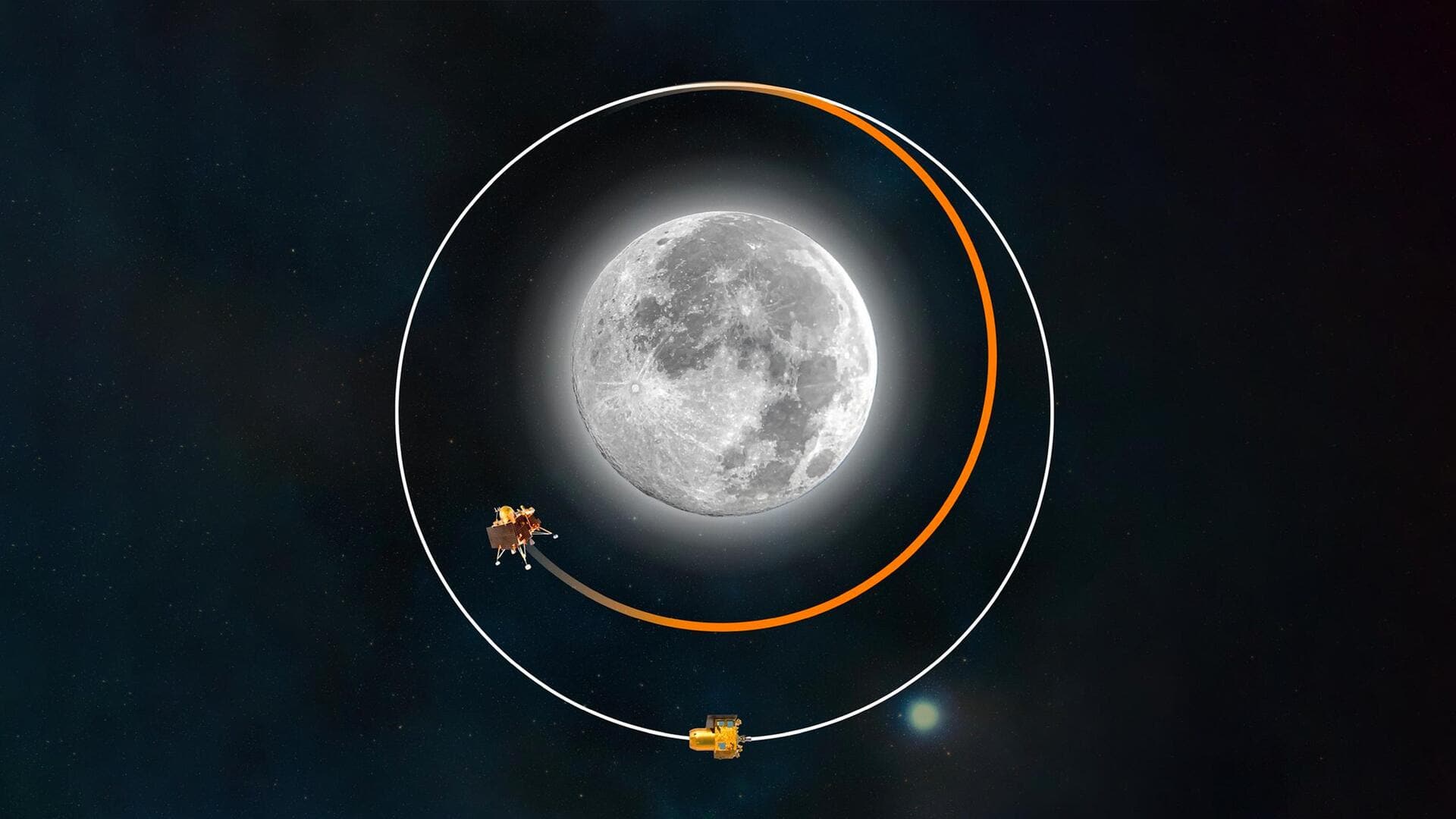
Chandrayaan-3 shares Moon's images ahead of scheduled landing on Wednesday
What's the story
Chandrayaan-3 is now just one step away from the much-awaited lunar landing. The mission is scheduled for a lunar landing at around 6:04pm IST on Wednesday (August 23). If everything goes well, India will become the fourth nation to achieve the milestone of a soft landing on the Moon. In the latest, the Chandrayaan-3 mission has shared images of the far side of the Moon. These images have been taken using the Lander Hazard Detection and Avoidance Camera (LHDAC).
Twitter Post
Check out latest images snapped by Chandrayaan-3
Chandrayaan-3 Mission:
— ISRO (@isro) August 21, 2023
Here are the images of
Lunar far side area
captured by the
Lander Hazard Detection and Avoidance Camera (LHDAC).
This camera that assists in locating a safe landing area -- without boulders or deep trenches -- during the descent is developed by ISRO… pic.twitter.com/rwWhrNFhHB
Details
Mission will land near Moon's south pole
Chandrayaan-3's lander module will attempt a "soft landing" near the Moon's south pole, making India the first country to reach this area. The lander module comprises the Vikram lander and Pragyan rover, both of which are carrying scientific payloads to study the Moon. Meanwhile, the mission's propulsion module will continue to orbit the Moon, studying Earth's atmosphere. One of the biggest challenges during the landing is transitioning the spacecraft from a horizontal position to a vertical position.
What Next?
Here's how to watch Chandrayan-3's lunar landing
Chandrayaan-3's historic lunar landing event will be streamed live on Wednesday, starting at 5:27pm IST. Live coverage will be available on multiple platforms, including the ISRO's official website, YouTube, ISRO's Facebook page, and the DD National TV channel. Schools and educational institutions across India are encouraged to organize live streaming of the Chandrayaan-3 soft landing within their premises. As always, NewsBytes will also be running a live blog on Wednesday (August 23) to keep you updated with the latest news.
Official words
Lander module underwent final deboost operation yesterday
On Sunday, ISRO completed its second and final de-boosting operation on the lander module, bringing it closer to the lunar surface. "Deboosting or retro firing is a process to enable the spacecraft to reduce its speed," space strategist PK Ghosh told ANI. "You must realize that it is traveling at a tremendous speed, more than 6,000 kilometers per hour, and then it has got to reduce it to near zero, nearly one meter/second," he added.